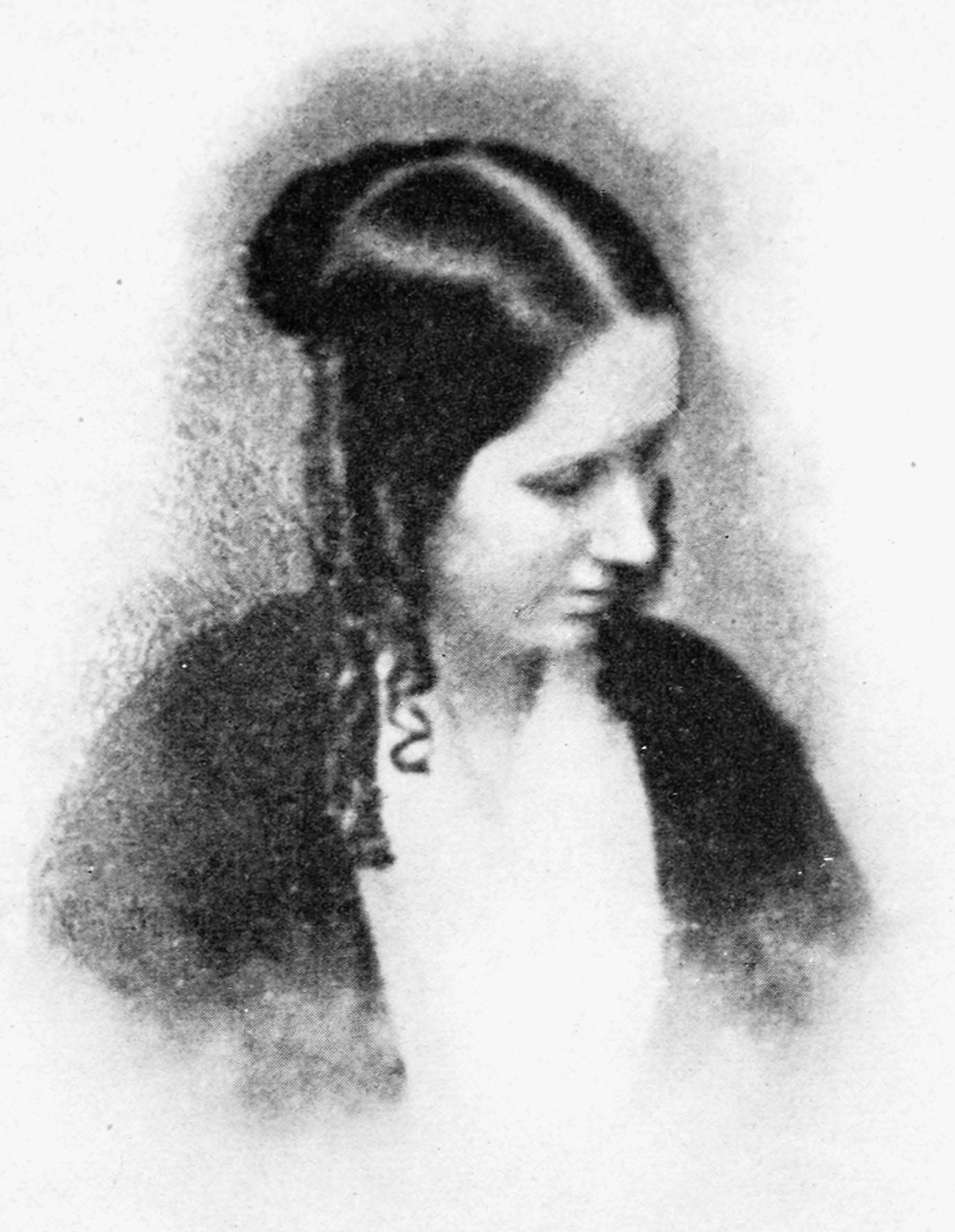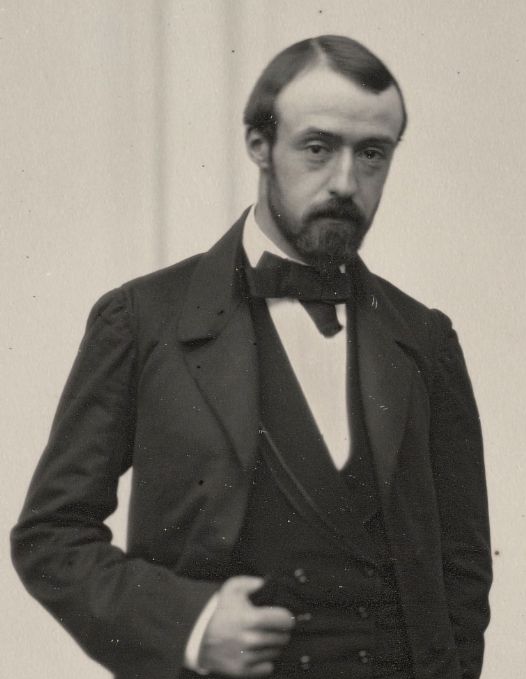|
Radcliffe Zoological Laboratory
The Radcliffe Zoological Laboratory was created in 1894 when Radcliffe College rented a room on the fifth floor of the Museum of Comparative Zoology at Harvard University to convert into a women's laboratory. In the 1880s Elizabeth Cary Agassiz, director of the Harvard Annex (which would become chartered as Radcliffe College in 1894), negotiated for the use of space for her students in the Museum of Comparative Zoology. Prior to the acquisition of this space, science laboratories were taught using inadequate facilities, converting spaces such as bathrooms in old houses into physics laboratories, which Harvard professors often refused to teach in. Physical space and arrangements The laboratory space was converted from an office or storage closet, and was sandwiched between other invertebrate storage rooms. This small space was poorly-lit and often cramped, as this was the only space Radcliffe women technically had access to. In 1908, in response to pressure from Radcliffe adminis ... [...More Info...] [...Related Items...] OR: [Wikipedia] [Google] [Baidu] |
Radcliffe College
Radcliffe College was a women's liberal arts college in Cambridge, Massachusetts, and functioned as the female coordinate institution for the all-male Harvard College. Considered founded in 1879, it was one of the Seven Sisters colleges and held the popular reputation of having a particularly intellectual, literary, and independent-minded female student body. Radcliffe conferred Radcliffe College diplomas on undergraduates and graduate students for approximately the first 70 years of its history. Beginning in 1963, it awarded joint Harvard-Radcliffe diplomas to undergraduates. In 1977 Radcliffe signed a formal "non-merger merger" agreement with Harvard and completed full integration with Harvard in 1999. Today, within Harvard University, Radcliffe's former administrative campus ( Radcliffe Yard) is home to the Radcliffe Institute for Advanced Study. Former Radcliffe housing at the Radcliffe Quadrangle ( Pforzheimer House, Cabot House, and Currier House) has been incorpor ... [...More Info...] [...Related Items...] OR: [Wikipedia] [Google] [Baidu] |
Museum Of Comparative Zoology
A museum ( ; plural museums or, rarely, musea) is a building or institution that cares for and displays a collection of artifacts and other objects of artistic, cultural, historical, or scientific importance. Many public museums make these items available for public viewing through exhibits that may be permanent or temporary. The largest museums are located in major cities throughout the world, while thousands of local museums exist in smaller cities, towns, and rural areas. Museums have varying aims, ranging from the conservation and documentation of their collection, serving researchers and specialists, to catering to the general public. The goal of serving researchers is not only scientific, but intended to serve the general public. There are many types of museums, including art museums, natural history museums, science museums, war museums, and children's museums. According to the International Council of Museums (ICOM), there are more than 55,000 museums in 20 ... [...More Info...] [...Related Items...] OR: [Wikipedia] [Google] [Baidu] |
Elizabeth Cary Agassiz
Elizabeth Cabot Cary Agassiz ( pseudonym, Actaea; December 5, 1822 – June 27, 1907) was an American educator, naturalist, writer, and the co-founder and first president of Radcliffe College. A researcher of natural history, she was an author and illustrator of natural history texts as well as a co-author of natural history texts with her husband, Louis Agassiz, and her stepson Alexander Agassiz. Agassiz accompanied her husband on his journey to Brazil in 1865-6 and on the Hassler expedition in 1871-2; of the second, she wrote an account for the ''Atlantic Monthly''. She published ''A First Lesson in Natural History'' ( Boston, 1859) and edited ''Geological Sketches'' (1866). Early life and education Elizabeth Cabot Cary was born on December 5, 1822 into a Boston Brahmin family of New England ancestry. She was born at the house of her grandfather, Thomas Handasyd Perkins, on Pearl Street in Boston, Massachusetts. Her parents were Mary Ann Cushing Perkins Cary and Thomas Gra ... [...More Info...] [...Related Items...] OR: [Wikipedia] [Google] [Baidu] |
Alexander Agassiz
Alexander Emmanuel Rodolphe Agassiz (December 17, 1835March 27, 1910), son of Louis Agassiz and stepson of Elizabeth Cabot Agassiz, was an American scientist and engineer. Biography Agassiz was born in Neuchâtel, Switzerland and immigrated to the United States with his parents, Louis and Cecile (Braun) Agassiz, in 1846. He graduated from Harvard University in 1855, subsequently studying engineering and chemistry, and taking the degree of Bachelor of Science at the Lawrence Scientific School of the same institution in 1857; in 1859 became an assistant in the United States Coast Survey. Thenceforward he became a specialist in marine ichthyology. Agassiz was elected a Fellow of the American Academy of Arts and Sciences in 1862. Up until the summer of 1866, Agassiz worked as assistant curator in the museum of natural history that his father founded at Harvard. E. J. Hulbert, a friend of Agassiz's brother-in-law, Quincy Adams Shaw, had discovered a rich copper lode known as the ... [...More Info...] [...Related Items...] OR: [Wikipedia] [Google] [Baidu] |
Herbert Spencer Jennings
Herbert Spencer Jennings (April 8, 1868 – April 14, 1947) was an American zoologist, geneticist, and eugenicist. His research helped demonstrate the link between physical and chemical stimulation and automatic responses in lower orders of animals. Life He was born in Tonica, Illinois, on April 8, 1868, the son of George Nelson Jennings and his wife Olive Taft Jenks. He studied at the University of Michigan graduating BS in 1893 then Harvard University where he gained a further AM degree in 1895 and a PhD in 1896. In 1906 he began a long and illustrious career at Johns Hopkins University in Baltimore where he stayed until retirement in 1938. He married twice: firstly in 1898 to Louisa Burridge and secondly in 1939 to Lulu Plant. He died in Santa Monica, California, on April 14, 1947. He is buried in Forest Lawn Memorial Park in Glendale. Career Tracy Sonneborn would later write:Jennings was so struck by the continued production of hereditarily diverse clones at conjugation, ... [...More Info...] [...Related Items...] OR: [Wikipedia] [Google] [Baidu] |
Julia Platt
Julia Barlow Platt (14 September 1857, in San Francisco – 1935) was an American embryologist, politician and mayor. Life Julia Platt received her undergraduate degree from the University of Vermont before moving to Cambridge to perform research at the Harvard Annex in 1887. During her time at Harvard, she challenged the anti-coeducational policies in place. In 1889, she left Harvard to take courses and do research at Woods Hole, Clark University, the University of Chicago, Bryn Mawr, the University of Freiberg, the Naples Zoological Station, and the University of Munich. She obtained her doctorate at Freiburg in 1898. She investigated embryogenesis, in particular the head development, from studying sharks and salamanders. Her most notable contribution to the field was her demonstration that neural crest cells formed the jaw cartilage and tooth dentine in ''Necturus maculosus'' (mudpuppy embryos), but her work was not believed by her contemporaries. Her claim went counter to the be ... [...More Info...] [...Related Items...] OR: [Wikipedia] [Google] [Baidu] |
Fanny Langdon
Fanny E. Langdon (15 July 1864 – 21 October 1899) was an American zoologist known for her work with invertebrate sensory organs and nervous systems. Langdon was born in Plymouth, New Hampshire and attended a normal school, teaching for three years in New Hampshire before pursuing undergraduate studies in zoology and botany at the University of Michigan in 1891. She earned her bachelor's degree in 1896 and her master's degree in 1897. After earning her degrees, she became an instructor in botany and zoology at the University of Michigan, and researched at the Marine Biological Laboratory in Woods Hole, Massachusetts in 1897. Langdon died after appendicitis Appendicitis is inflammation of the appendix. Symptoms commonly include right lower abdominal pain, nausea, vomiting, and decreased appetite. However, approximately 40% of people do not have these typical symptoms. Severe complications of a rup ... surgery. References American women biologists American zoologists ... [...More Info...] [...Related Items...] OR: [Wikipedia] [Google] [Baidu] |
Edith Nason Buckingham
Edith Nason Buckingham (September 28, 1877 – February 23, 1954) was an American zoologist, dog breeder, and chicken farmer. She was the first woman to earn a Ph.D. in zoology at Radcliffe College. Early life Buckingham was born in Boston, the daughter of Edward Marshall Buckingham and Alice Darracott Nason Buckingham. Her father and grandfather were both Harvard-trained physicians. Her sister Margaret married biochemist Addison Gulick. She attended Boston Latin Academy, Girls Latin School and the Curtis-Peabody School. She attended Radcliffe College, graduating in 1902, and was president of the Radcliffe Science Club. In 1910, Buckingham became the first woman to earn a Ph.D. in zoology at Radcliffe, with a dissertation titled "Division of Labor among Ants" (1911). Her supervisor was Edward Laurens Mark at Radcliffe Zoological Laboratory, Harvard Zoological Laboratory. In connection with that project, she also wrote "A Light-Weight, Portable Outfit for the Study and Transp ... [...More Info...] [...Related Items...] OR: [Wikipedia] [Google] [Baidu] |
Radcliffe College And Institute
Radcliffe or Radcliff may refer to: Places * Radcliffe Line, a border between India and Pakistan United Kingdom * Radcliffe, Greater Manchester ** Radcliffe Tower, the remains of a medieval manor house in the town ** Radcliffe tram stop * Radcliffe, Northumberland * Radcliffe-on-Trent, Nottinghamshire ** Radcliffe railway station United States * Radcliffe, Iowa * Radcliff, Kentucky * Radcliffe, Lexington * Radcliff, Ohio Schools * Radcliffe College (1879–1999), a former women's college that was associated with Harvard University * Radcliffe Institute for Advanced Study (1999–present), a postgraduate study institute of Harvard University that has succeeded the former Radcliffe College * The Radcliffe School, a secondary school in Wolverton, Milton Keynes, England Other uses * Radcliffe (surname), including a list of people with the name * 1420 Radcliffe, a main-belt asteroid * Radcliffe baronets, a title in the Baronetage of the United Kingdom * Radcliffe Came ... [...More Info...] [...Related Items...] OR: [Wikipedia] [Google] [Baidu] |



